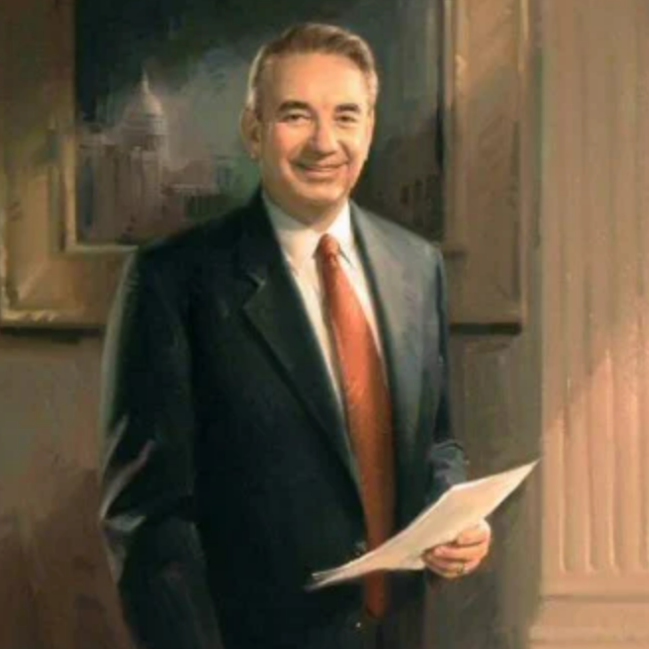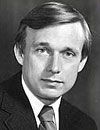This website uses cookies so that we can provide you with the best user experience possible. Cookie information is stored in your browser and performs functions such as recognizing you when you return to our website and helping our team to understand which sections of the website you find most interesting and useful. Please see our privacy policy for more information.
Wisconsin
Gov. Philip F. La Follette
-
January 5, 1931 - January 2, 1933
January 7, 1935 - January 2, 1939 - Republican 1st term; Progressive 2nd and 3rd terms
- May 8, 1897
- August 10, 1965
- Wisconsin
- University of Wisconsin
- Married Isabel Bacon; three children
- Army
About
Born in Madison, Wisconsin, PHILIP F. LA FOLLETTE was the son of progressive Republican Governor and Senator Robert M. La Follette. After serving as a Second Lieutenant in the Army, he completed his undergraduate degree and went on to receive a law degree from the University of Wisconsin in 1922. In 1924 he began one term as Dane County District Attorney. He then lectured at the University of Wisconsin Law School until he entered the Republican gubernatorial primary of 1930 against incumbent governor Walter J. Kohler, attacking the governor’s conservative position on the Depression. After defeating Kohler and going on to win the general election, he sought expansion of public works, particularly highway construction, as well as more government control over the electric power and banking industries. During a special legislative session in 1931-32, he succeeded in securing approval of an unemployment compensation act and a unified state labor code that encouraged collective bargaining. However, the state economy-in particular the agricultural and banking industries-had continued to crumble during this period, and in 1932 Walter Kohler returned to defeat La Follette in the Republican gubernatorial primary. The La Follettes in turn formed a third party-the Progresive Party, which went on become a significant political force. Phillip La Follette ran on the Progressive ticket in 1934 and won back the state house for two additional terms, continuing his efforts to secure social and governmental reforms. Defeated in his 1938 bid for reelection, he left politics and would once again serve in the army during World War II before becoming active in the State Historical Society of Wisconsin. He died and was buried in Madison.
Source
Sobel, Robert, and John Raimo, eds. Biographical Directory of the Governors of the United States, 1789-1978, Vol. 4. Westport, CT: Meckler Books, 1978. 4 vols.
The National Cyclopaedia of American Biography, Vol. 12. New York: James T. White & Company.












